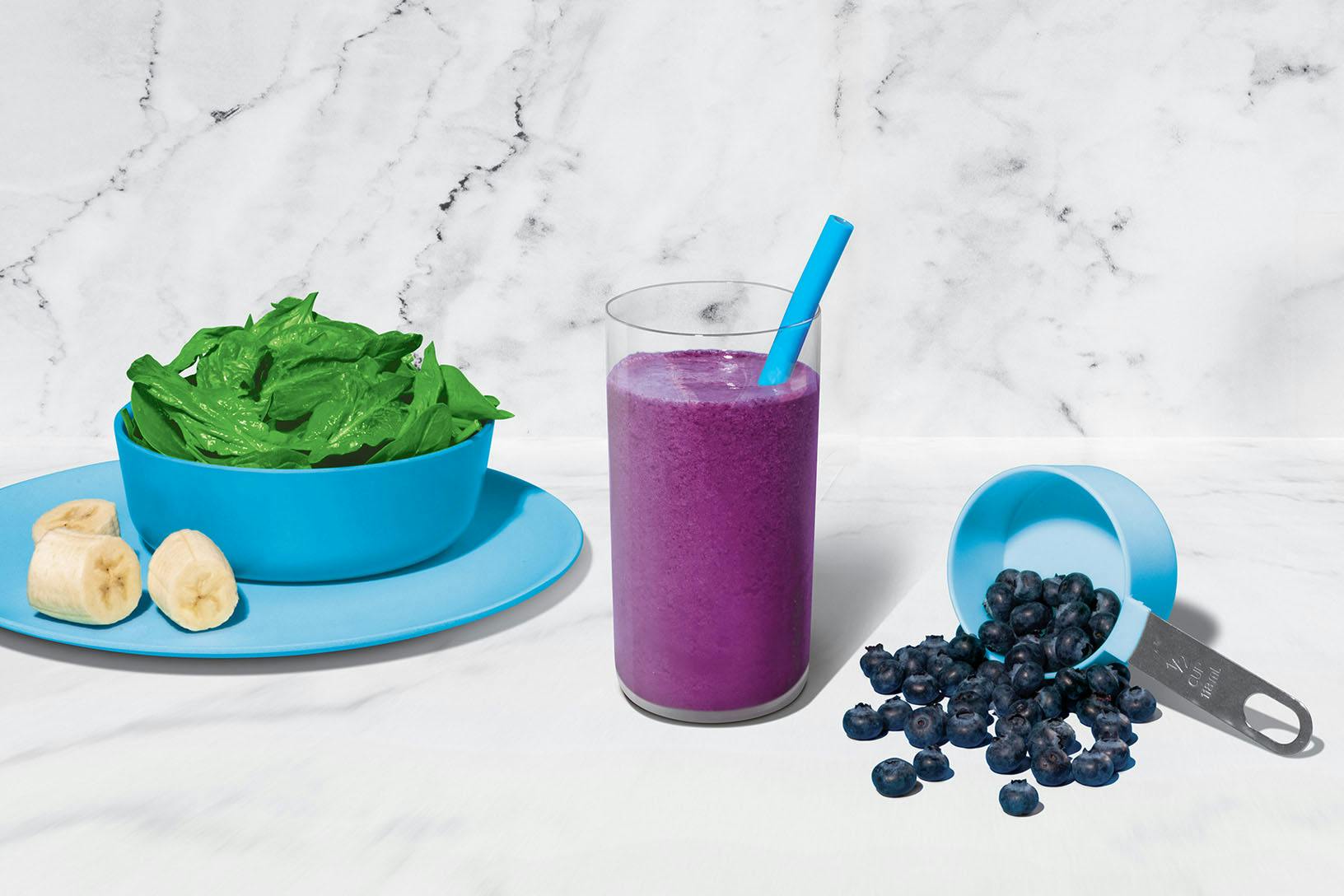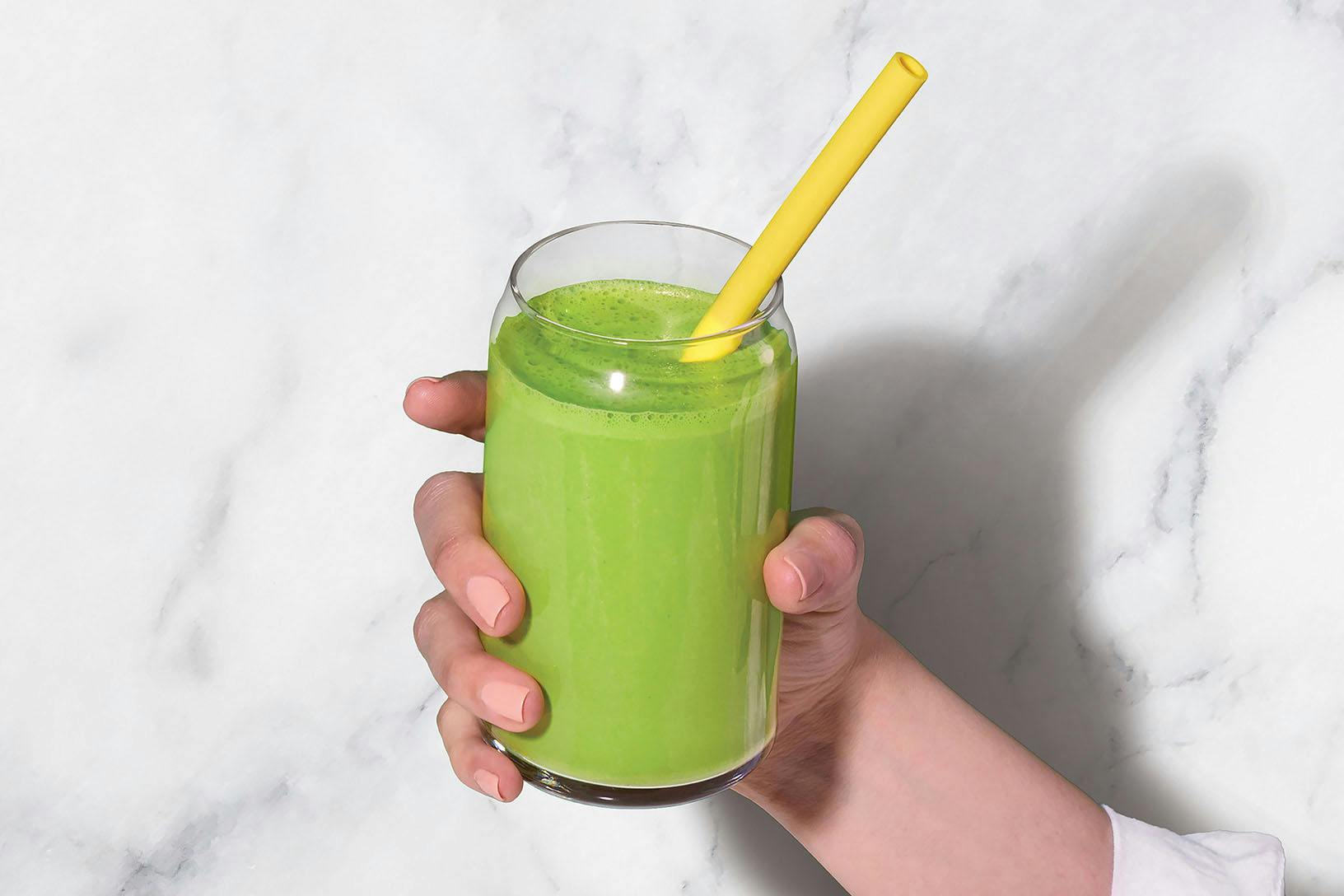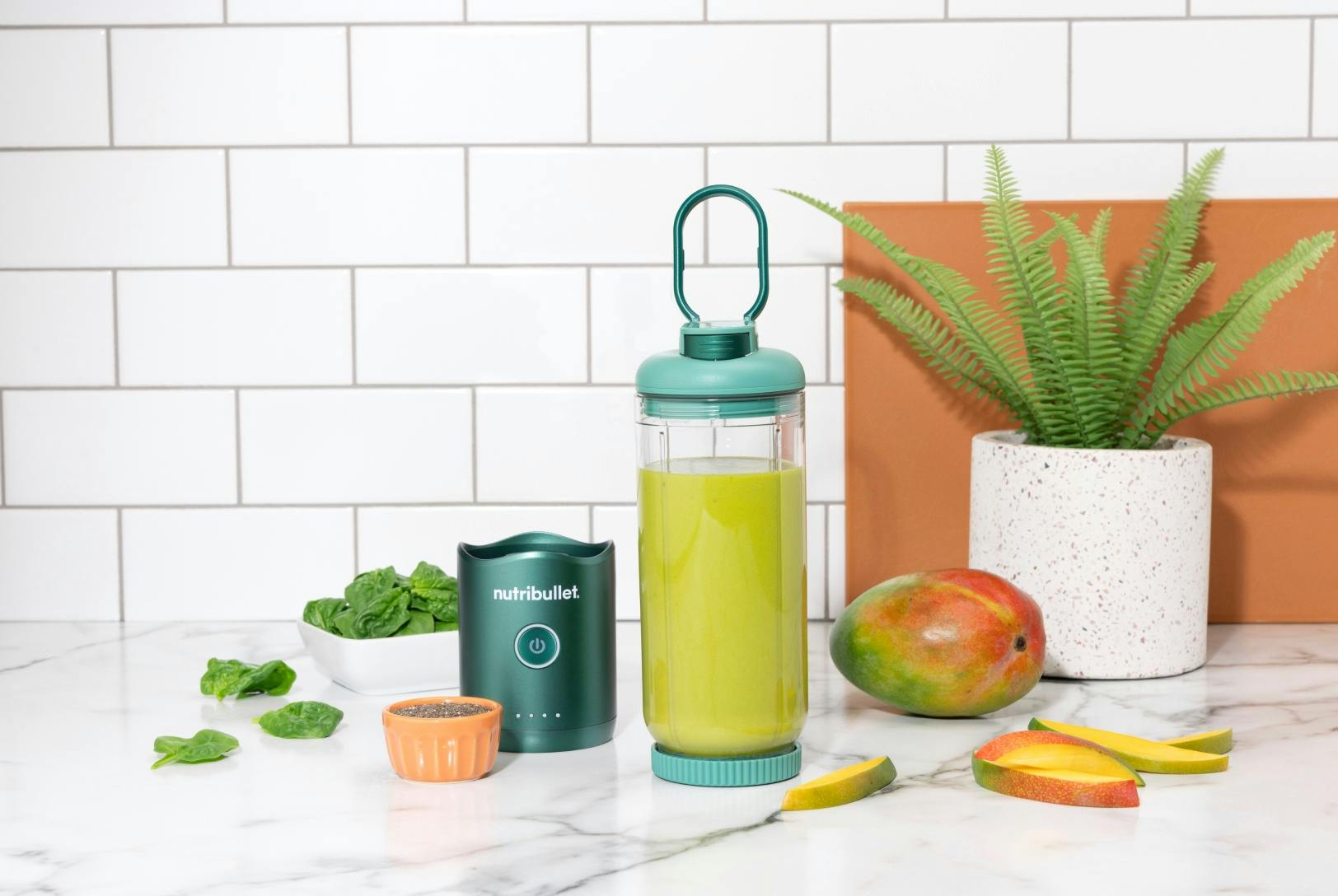FREE shipping on US orders over $45!
Your cart is empty!
FREE 1-year warranty on all blenders and juicers
More to Consider
nutribullet Pro 900
$98.99
nutribullet
$59.99







Taxes and discounts calculated at checkout.

McKenzie Jones
October 5, 2021
McKenzie Jones
McKenzie is Registered Dietitian Nutritionist for nutribullet who aims to make the world a healthier, happier place. She believes that living a healthy lifestyle and eating for your health isn't meant to be complicated -- it's meant to be simple, enjoyable, and judgment-free (with room for dessert). When she’s not dishing out nutrition tidbits, you can find McKenzie visiting her local farmers market, hiking her favorite trails with her husband, and chasing after her daughters.
Despite the bad rap grains have gotten in recent years, research shows that consumption of whole grains offers plenty of health rewards. For starters, they may help decrease the risks of heart disease, stroke, type 2 diabetes, and certain types of cancer.
Refined grains, on the other hand, have been processed to remove both the fiber-filled and nutrient-rich components, leaving primarily the starch. In other words, when whole grains are refined, they offer only a fraction of the health-promoting compounds.
Whole grains are made from the whole kernel of grain. This includes the kernel’s three edible parts:
Enriched grains are refined grains that have certain B vitamins (thiamin, riboflavin, niacin, and folic acid) and iron added back after processing. Other nutrients found naturally in whole grains, such as magnesium, vitamin E, and fiber, are lost.
When looking for whole grains in packaged products, like bread, pasta, or cereal, your best bet is to narrow in on the ingredient list. Look specifically for the word “whole” right before the name of the grain — for example, “whole oats” or “whole wheat.” Terms, like “made with whole grain” or “multigrain”, may sound enticing. In reality, however, they don’t mean much.
Aside from packaged products, whole grains come in a variety of forms. Examples include amaranth, barley, buckwheat, farro, millet, oats, quinoa, and brown and wild rice.
Nutrient-rich whole grains come in a variety of shapes and forms, with even more ways to prepare them. Try any of the recipes above or experiment with your favorite dishes, and reap all the health benefits that whole grains have to offer.

Is there such a thing as a perfect smoothie? This sweet medley certainly makes a strong case. With a classic combination of blueberries, banana, and spinach, this superstar smoothie provides a powerful nutrient boost!

Consider this blend the little black dress of nutribullet smoothies: it never goes out of style. To help keep your energy stable throughout the day, aim to balance your meals and snacks with high-quality protein, healthy fats, and fiber-filled carbs – like this combo of Greek yogurt, peanut butter, fruit, and veggies. There’s a reason this one is always on-trend.

Start your day on a high note with this nutritiously cheerful blend of greens, mango, banana, and chia seeds.